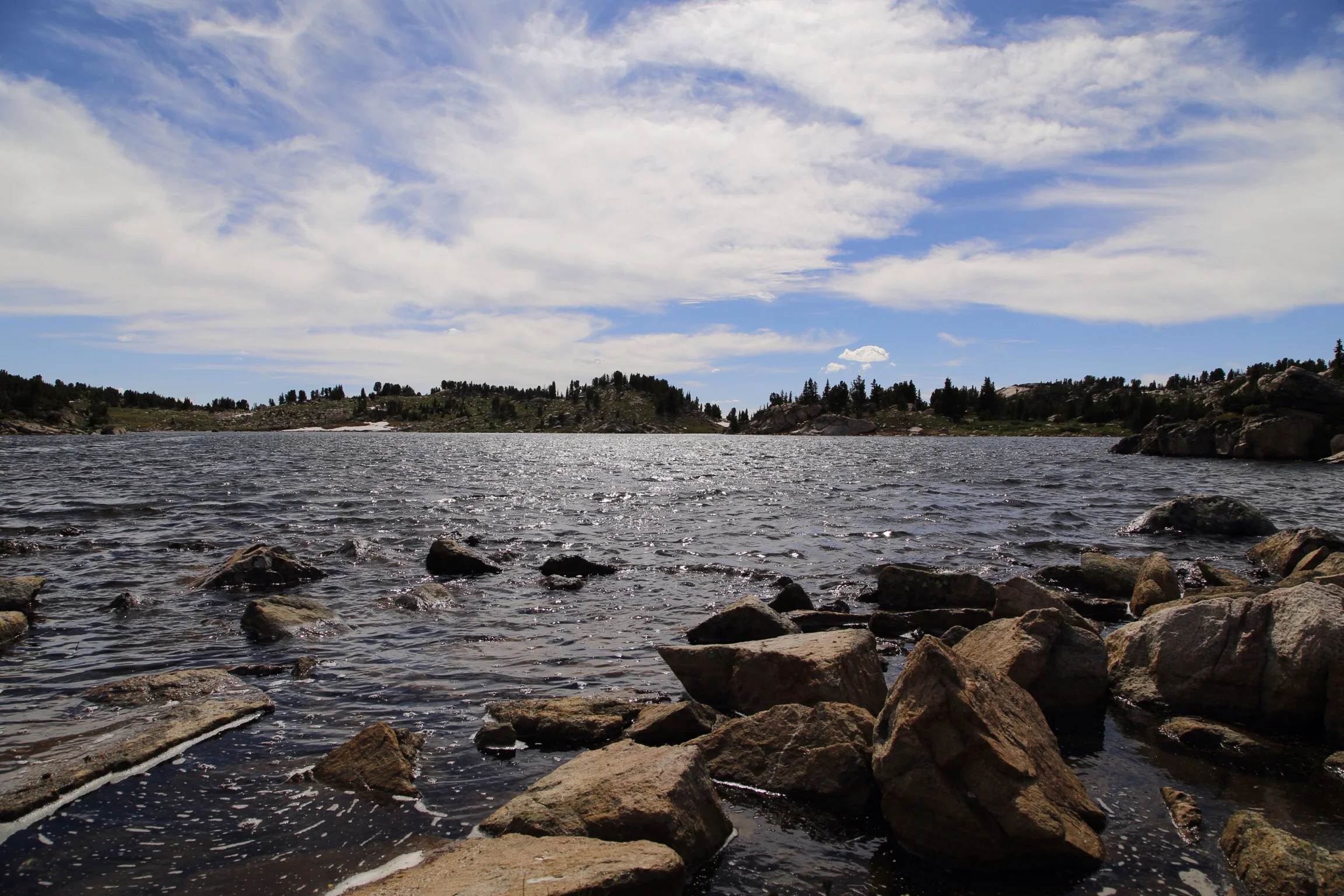Riley Henson
quantifying geomorphic resilience in a broad set of river systems, to help predict how the landscape reacts to disturbances to better prepare for natural disasters, such as floods.
Riley’s affinity for Geology started with his passion for the outdoors as a kid in Indiana. He completed a BS degree at Indiana University, majoring in Earth Science with a certificate in GIS/Remote Sensing and a minor in Mathematics. While there, Riley grew an interest in rivers and their landscape-altering processes when he joined the Sedimentary Systems lab under Dr. Douglas Edmonds. Riley’s work eventually evolved into an undergraduate honors thesis studying river avulsions in tropical rainforests and their impacts on the surrounding floodplain, which was later published in River Research and Applications. Riley is now a MS candidate at the University of Montana in the Geosciences department studying fluvial geomorphology under Dr. Andrew Wilcox focusing on extreme flood events and their associated disturbances on fluvial landscapes in mountainous environments. After completing his master’s degree, Riley would like to continue studying within the field of fluvial geomorphology and have a career in river restoration.
This master's thesis explores fluvial geomorphic resilience, a novel framework for understanding how rivers recover from disturbances. Riley will assess the impact of the June 2022 flood on East Rosebud Creek, Montana, using detailed field and remote sensing methods, along with modeling techniques, to analyze geomorphic and hydraulic changes. Additionally, he will conduct a global analysis to evaluate fluvial resilience in alluvial mountain rivers by comparing pre- and post-flood conditions using satellite imagery, DEMs, and hydrological data. This research aims to enhance infrastructure planning and ecological understanding by identifying river characteristics that support resilience to disturbances.



